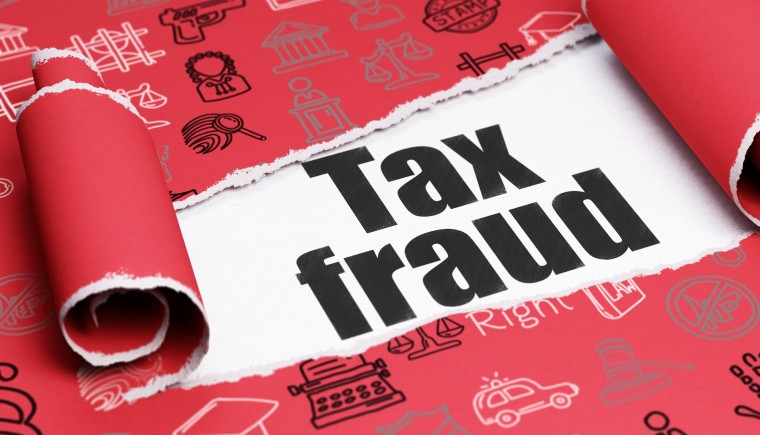How to protect yourself from tax refund fraud

 By CyberScout
By CyberScout
For many people, knowing a tax refund is on the way can be a big relief, an exciting treat, or both. And the sooner the refund arrives the better.
For victims of tax identity theft, however, the wait can drag on for almost a year. Not to mention they may have to deal with a lot of red tape to get what’s rightfully theirs. That’s why it’s critical to understand:
- How tax-related identity theft works
- How to reduce chances of becoming a victim
- What to do, if you do become a victim
This article will help you keep your hard-earned refund safe.
How tax identity theft works
In 2016, employment- and tax-related identity theft were the No. 1 form of identity theft, accounting for 34 percent of consumer complaints. [1] In fact, tax-related identity theft has been a huge problem for the Internal Revenue Service (IRS) and taxpayers alike for many years.
- Average time it’s taken for the IRS to resolve claims: 278 days [2]
- Average number of fraudulent returns filed per year (2013 – 2015): +2 million [3]
- Amount paid to tax return fraudsters in 2013: $5.8 billion [4]
These numbers are so high because for many years tax identity theft has been relatively easy. Criminals simply file a fraudulent tax return with a counterfeit W-2 form under the victim’s name and Social Security number (SSN), and then wait for a refund from the IRS.
If the IRS fails to identify the fraudulent return and sends a check to the fraudsters, then instead of a refund victims receive a notification that their return already has been filed.
A tax return could also be delayed if another person uses a stolen SSN for employment. For example, if an employer reports a fraudster’s income under your SSN, then your return will be flagged for unreported wages.
The good news this year is that the IRS is getting better and detecting and stopping fraudulent returns. The bad news is that the identities of 143 million people were exposed in a data breach at Equifax in 2017, making tax identity theft awareness critical. [5]
The No. 1 prevention step
Filing your tax return early is the best thing you can do to reduce the chance of becoming a tax fraud victim.
Submitting your tax return as soon as possible after receiving all of the necessary paperwork from your employer or clients reduces the chance that crooks will file ahead of you in your name.
It’s also important to be on the lookout for warning signs for tax-related identity theft, which include:
- A notification that your SSN was used to file more than one tax return
- A notification about unreported wages. [6]
5 recovery steps for tax identity theft victims
If you are a victim of tax-related identity theft, it’s important to do the following:
- Submit an Identity Theft Affidavit using IRS.gov (Form 14039)
- Continue to file your tax return (use a paper form, if your electronic submission is rejected and attach the Identity Theft Affidavit)
- Respond promptly to IRS correspondence regarding the fraud
- Place a fraud alert with at least one of the three major credit bureaus (Experian, Trans Union or Equifax)
- Consider freezing your credit with each of the three credit bureaus
- Use your credit monitoring and identity protection services to keep an eye out for fraudulent accounts and other signs of fraud.
CyberScout®—We’ll take it from here.™
CyberScout is leading the charge against hackers and thieves, providing identity management, credit monitoring and cyber security for more than 17.5 million households and 770,000 businesses. Contact your bank, credit union, insurance company or employer to find out if they offer comprehensive identity monitoring. Contact us at 000.000 or visit www.company.com for more information.
[1] “Consumer Sentinel Network Data Book,” FTC, March 2017.
[2] “What the IRS Isn’t Telling You About Identity Theft,” USA Today, January 2016.
[3] “Interim Results for the 2016 Filing Season,” Treasury Inspector General for Tax Administration, March 2016.
[4] “Identity Theft and Tax Fraud,” GAO Highlights, January 2015.
[5] “Your Next Worry After the Equifax Breach: Fake Tax Returns,” CNBC, September 2017.
[6] “Taxpayer Guide to Identity Theft,” IRS, 2017.